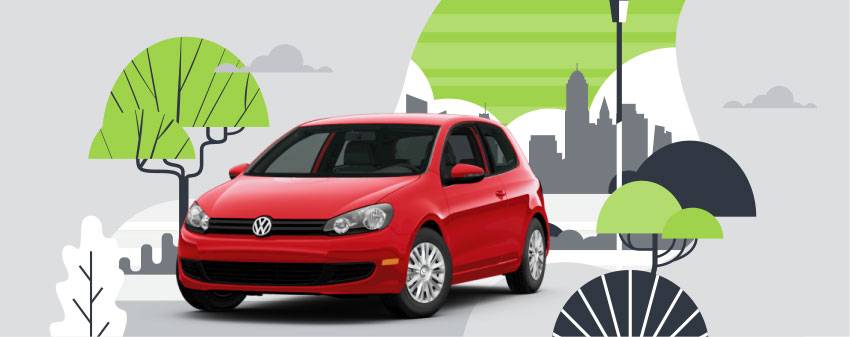What are vehicle inspections used for?
If you’re in the market for a pre-owned vehicle, you might have heard people talking about vehicle inspections. A pre-purchase inspection is designed to give you all the information you need about a car you’re considering buying.
Here, we’ll explore what pre-purchase inspections are used for – and what you can expect if you order one.
What exactly is a pre-purchase inspection?
A pre-purchase inspection is a way of getting in-depth information about a car that you’re considering buying.
Rather than visit the car yourself, we can arrange for a qualified motor-industry professional to visit the car on your behalf. When they do, they’ll carry out a structured inspection that covers hundreds of different points on the car – and they’ll give each point a grade, indicating whether it’s in good condition and working as it should, or in poor condition and in need of repair or replacement.
Unlike an MOT, a pre-purchase inspection isn’t designed to pass or fail a car. Instead, your inspection will simply tell you everything there is to know about the vehicle – so you can make a fully informed decision about whether or not it’s the right car for you.
What are vehicle inspections used for?
Since a vehicle inspection will be ordered and paid for by you, the report will not be used for anything other than your information.
Sometimes, Car.co.uk customers want to know if a finance or insurance company will want to see a copy of the report, so they can value the car according to the most up to date and detailed information. While the idea makes sense, neither finance companies nor insurance companies have the resources that would be necessary to check the condition of every customer vehicle. Instead, they rely on motor industry guide prices to decide the value of the vehicles they work with.
Will the inspection tell me if I should buy the car?
Since everyone’s looking for something a little different from a car, an inspection won’t give you a definite thumbs up or thumbs down on a vehicle; instead, it’ll just tell you about the car’s condition.
For example, someone who’s looking for a car that’s in pristine condition and ready to drive will want to make sure the inspection confirms that the car’s in great shape. However, there are some people who are less concerned about the cosmetic condition of the car – as long as it’s reliable and drives well. There could even be people who are happy to buy a cheaper, accident-damaged car, knowing they have the skills to make it safe and return it to the road.
With this in mind, you can probably see that a thumbs up for one of these people would be a big thumbs down for another – so an inspection leaves the decision up to you.
Do I get a copy of the report from the inspection?
You’ll always get a copy of the report that’s been completed after the inspection – and it’s a detailed document that’ll tell you a huge amount of information about the car.
The inspection is broken down into different parts, including the engine, the electrics, exterior – and so forth. Within these sections, each inspected element is given its own line, along with a grade. Those grades are:
- Green – OK
- Amber – Warning
- Red – Danger
- Grey – N/A
Green sections are considered safe and in good condition. Amber usually signifies that the car is safe to drive – but that these issues could be a problem in the future or may impact the function of the car (although not its safety) – and red issues indicate that the car is not safe to drive, and will need a repair before it’s driven safely on the road.
When you’ve got your report, you’ll be able to decide if the car’s going to be right for you – with the peace of mind that a professional inspector has explored in detail.


